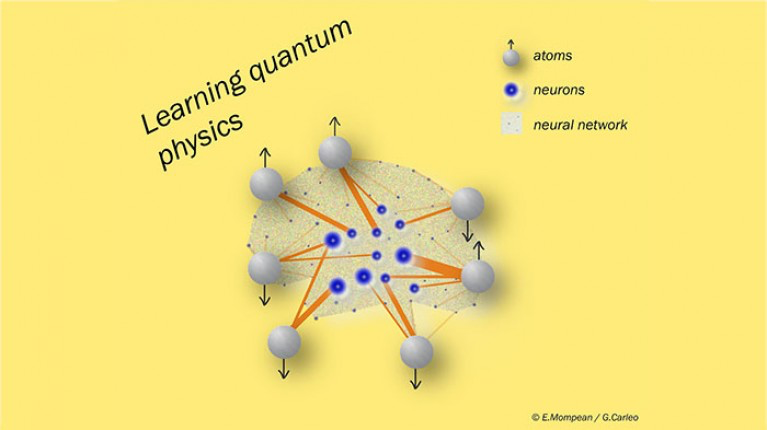
Working together, ETH Zurich and Microsoft QuArC researchers have provided the first application of machine-learning techniques to solve outstanding problems in quantum physics. The neural networks used in their study developed a genuine intuition of the bizarre behavior of quantum particles. For example, after the artificial intelligence is trained on the elementary rules of quantum mechanics, it can precisely predict the probability of the atoms being in a certain quantum state.
Predicting this probability, among other properties, is an extremely complex problem that, in most cases, even the best classical supercomputers available today are unable to exactly solve. However, taking an unconventional approach to this daunting problem, Giuseppe Carleo and Matthias Troyer have devised artificial neural networks that can learn how atoms behave in the quantum world—and correct themselves in the process.
The artificial intelligence has performed remarkably well when tested on problems that have long challenged the minds of brilliant quantum physicists. In the cases covered in the study, it has automatically found the few relevant patterns and correlations driving the behavior of interacting quantum particles. Applications of this approach hold the promise to help physicists understand the behavior of those molecules, materials, and devices where the effects of quantum mechanics seriously defy human intuition. A well-trained machine would provide great help to physicists and chemists working on such problems.
Read the full article.
